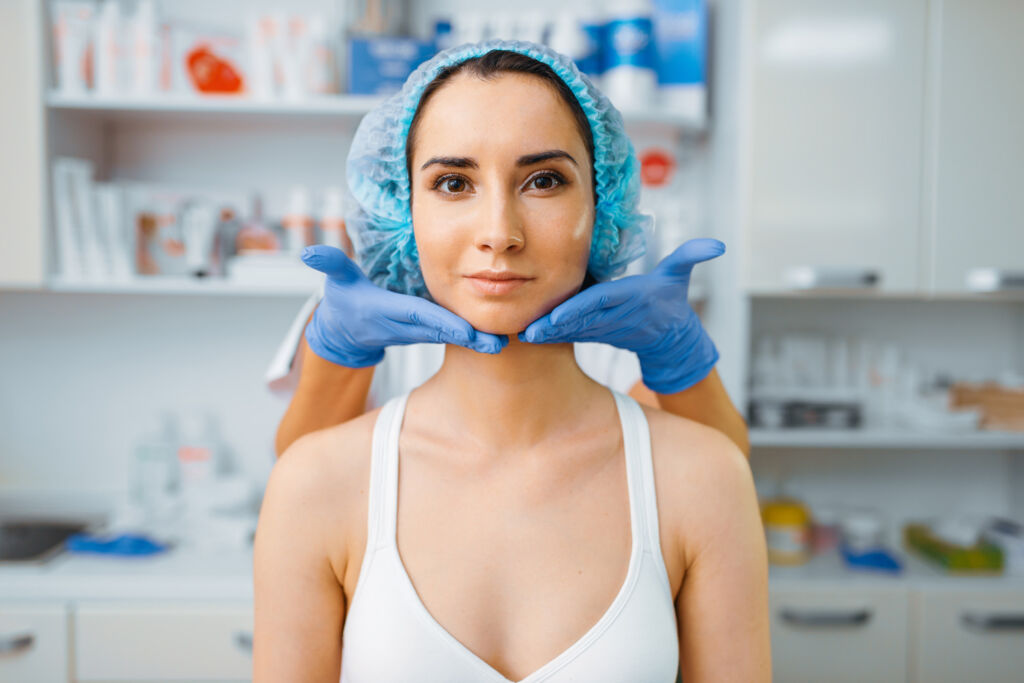
Sagging skin and jowls are two things none of us wants. Sadly, they go hand-in-hand with getting older. With news of a potential return to the office, the return of socialising and millions preparing to venture out into the wider world, we ask Willam Foley about the best way to ready one’s skin and the simplest ways to look good.
Over the past twelve months, many of us have spent far more time indoors than we would like. With far more time on our hands, we’ve had the opportunity to inspect our faces sans make-up, and what we’ve seen has been less than stellar.
All the while we’ve been at home, the one thing we cannot change is we’ve all gotten older, and for almost everyone, ageing comes with saggier skin and jowls.
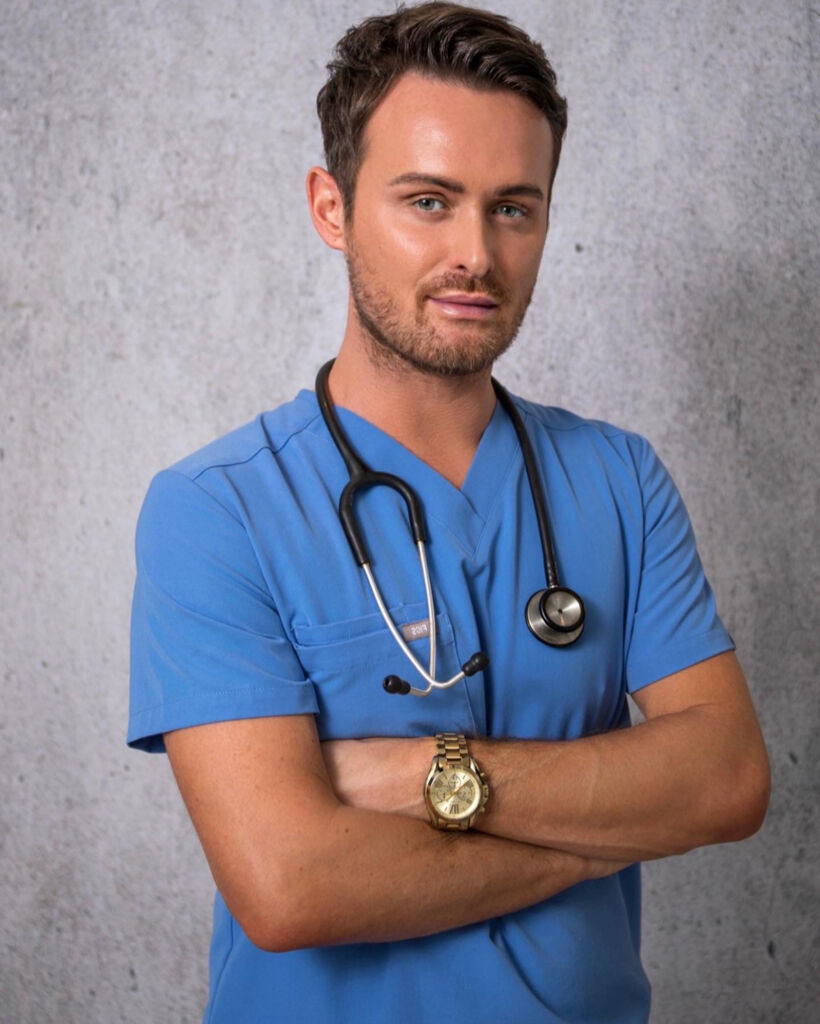 There’s an endless range of creams and gadgets on the market stating they can offer a quick-fix, but do any of them actually work?
There’s an endless range of creams and gadgets on the market stating they can offer a quick-fix, but do any of them actually work?
We asked medical aesthetician William Foley to explain why people’s skin becomes saggier, jowls form and what can be done to reverse this.
Luxurious Magazine: Saggy skin and jowls are things most people want to avoid. What are some of the main reasons why people’s skin loses its elasticity?
William Foley: Sagging of the skin and the depletion of collagen is something we would all like to stop in its tracks. Unfortunately, there’s no instant solution. The main reasons why our skin starts to appear loose and saggy is down to ageing, lifestyles and genetics.
Multiple factors contribute to this process as we go through life. Examples include someone who is a heavy consumer of processed food who also smokes and drinks. Over time, this would negatively affect the production of collagen in their skin, causing oxidative stress and damage to our cellular health, making us look older than we are.
Hormones are another factor; ladies going through menopause could start to see a drastic change in their skin health appearance. Another well-known contributor to skin ageing is stress, notably psychological stress that creates the hormone Cortisol, which then breaks down the skin’s collagen and elastin, resulting in wrinkles.

Other examples include overexposure to the sun that lead to pigmentation or sunspots and accentuate premature wrinkling; air pollution, visible light and infrared radiation are also contributors. Probably the most common signs of ageing are thinning of the skin, laxity and fragility.
LM: Is there one way to help rid yourself of Jowls and Sagging Skin that involves little effort and will work?
WF: I wish there were, but unfortunately, we cannot stop the ageing process, and I know it’s always disappointing to hear this. But what we can do is put things in place to help protect and prevent the skin from ageing faster. SPF is the true warrior and protector when it comes to protecting the skin from harmful UV rays. With my patients, I insist that they wear this every day, all day, to help protect them from the environmental aggressors that will speed up the sagging of the skin.

Although this might be a surprise to some, I also recommend wearing SPF in the house as it helps with the ageing process. Given how much time we’ve spent inside during the past year, glued to our electronic devices, which give off harmful visible light, it’s a wise move. I’m also a massive advocate for evidence-based skincare and results-driven ingredients that will actually deliver when applied directly to the skin.
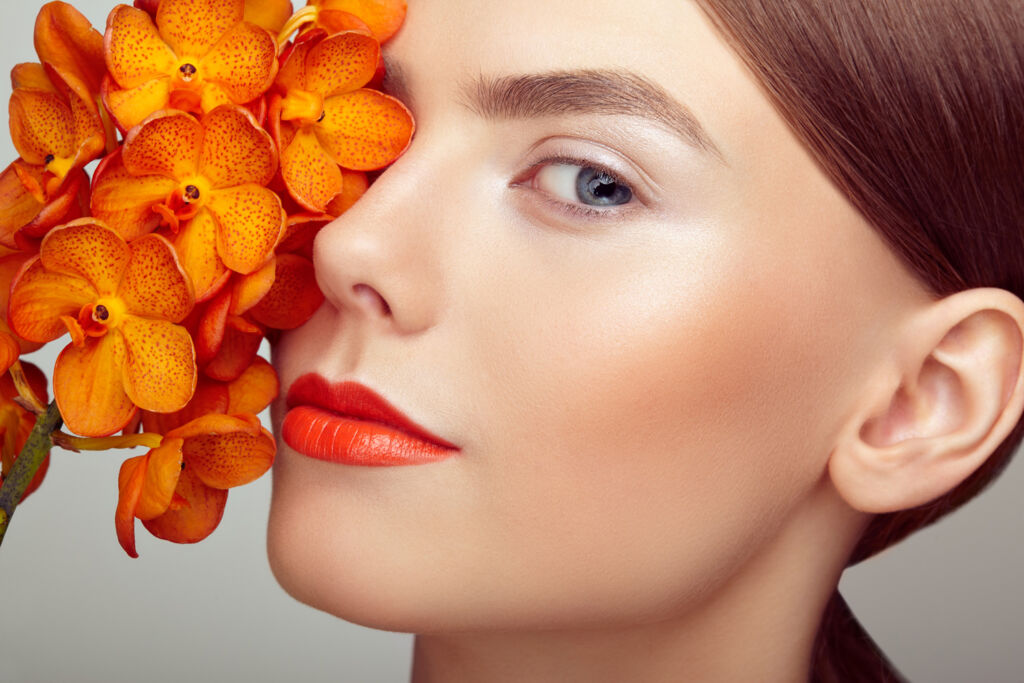
Using L ascorbic acid, AKA as vitamin C, on the skin will help promote collagen and help protect our existing collagen. My go-to range would be the Vitamin C serums from SkinCeuticals. In my opinion, having a more holistic approach to life can only have a benefit on our bodies and our skin. Activities such as yoga can also play their part by helping to reduce stress.
Ultimately, treatments that stimulate the production of collagen has to be at the top of the list. For this, my recommended treatment would be Radio Frequency and ultrasound.
LM: Tell us more about Radio Frequency and ultrasound and how does it work?
WF: Ultracel is a medical-grade device and is also known by many as the non-surgical facelift. Depending on the patients’ needs, I would suggest using both Radiofrequency and ultrasound or, in some cases, just the radio frequency.
I’d advise a course of 6 of 12 RF facials throughout the whole year for a younger patient. If I’m working with a more mature patient with a significant amount of collagen loss and jowls, I would suggest both Rf and Ultrasound. The Rf helps to stimulate all types of collagens, and the ultrasound sculpts and lifts the face, particularly the SMAS muscle. It is this that helps to lift the jowls giving a more contoured jawline.
LM: Are there any drawbacks with this type of treatment. How long will it take to notice the effects, and do they last?
WF: The good news is that with these treatments, there’s no downtime. People can have this done at their lunchtime and head straight back to work; I think this is why it’s so popular. Following treatment, the skin is usually a little redder, but it will return to normal within 20 mins. Some of my patients have seen positive results within a week, but the most impressive results are seen from month three onwards. The effects can last for between 12 to 18 months, and in some cases, this can be after a single treatment.
The lockdowns have resulted in a surge in enquiries for procedures such as this. The lockdowns have caused many people to analyse their faces, and many are less than happy with what they see. It’s great news for me as I am getting many inquiries from people wanting a sharper jawline and firmer look.

LM: For those that don’t have access to treatments, what can they do to help minimise the loss of skin elasticity?
WF: To be honest, professional treatments can sometimes be costly, and not everyone will be in a position to undertake this route. As I mentioned earlier, we can do things that will help, including not staying out in the sun without the right protection—watching diets and cutting out smoking. Also, managing stress will help significantly and taking vitamins C and D along with some zinc.
I’d also suggest ‘please don’t fall for clever marketing. There are numerous products in the market within reach of most people’s budgets, all laying claiming to reverse the signs of ageing, which always causes me to laugh out loud. At best, they do very little to improve one’s skin, and in life, everyone knows ‘you get what you pay for’.
If people insist on a do-it-yourself option, they’ll need a medical-grade device that has had clinical trials to back up the results. However, the best machines in the market are outside the reach of most people’s budgets and require highly-trained specialists to operate them.

LM: With some semblance of normality now returning, as a skin specialist, what are the basic things people should be doing to help them look the best they can, ready for socialising in the summer?
WF: It’s exciting that socialising looks to be on the agenda again. If you’re after a shortcut to looking good, fake tan has to be right up there. I think it’s pretty safe to say we all love that healthy glow and the best rule of thumb is to apply it and not fry it in the sun. My prefered tanning product is Amanda Harrington of London; it’s easy to use, and the colours are super and natural.

Keeping hydrated is also essential to keeping our skin glowing, so drink plenty of water and don’t forget topical Hyaluronic acid can help with dehydrated skin leaving it looking dewy and fresh.
Finally, I’d suggest applying topical Vitamin C, which is crucial for the glow, and SPF for protection. Also, nothing beats a beautiful smile so let’s remember to use it.
William Foley can be contacted at One Aesthetics Studios in Alderley Edge. The founder of the company, Miss Jonquille Chantrey, is currently advising at Selfridges, London. To see the full range of treatments he and his colleagues offer, please visit oneaestheticstudio.com.
![]()

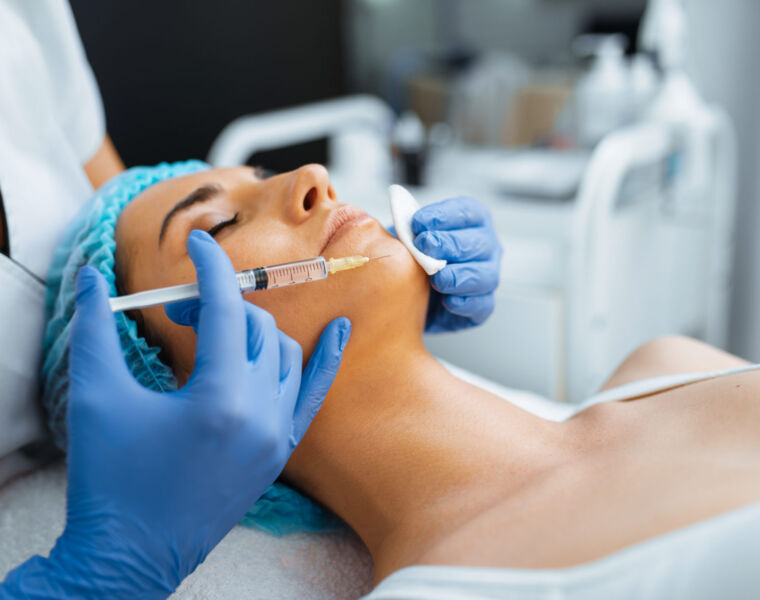
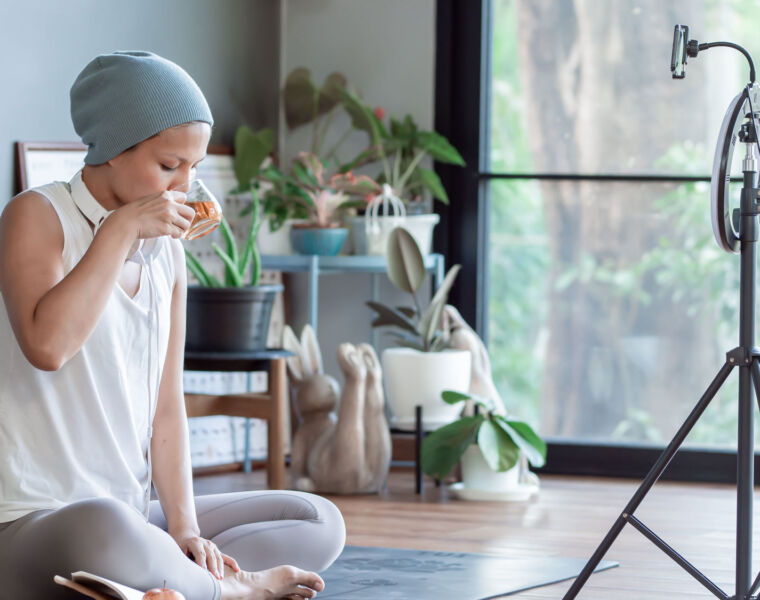

You must be logged in to post a comment.